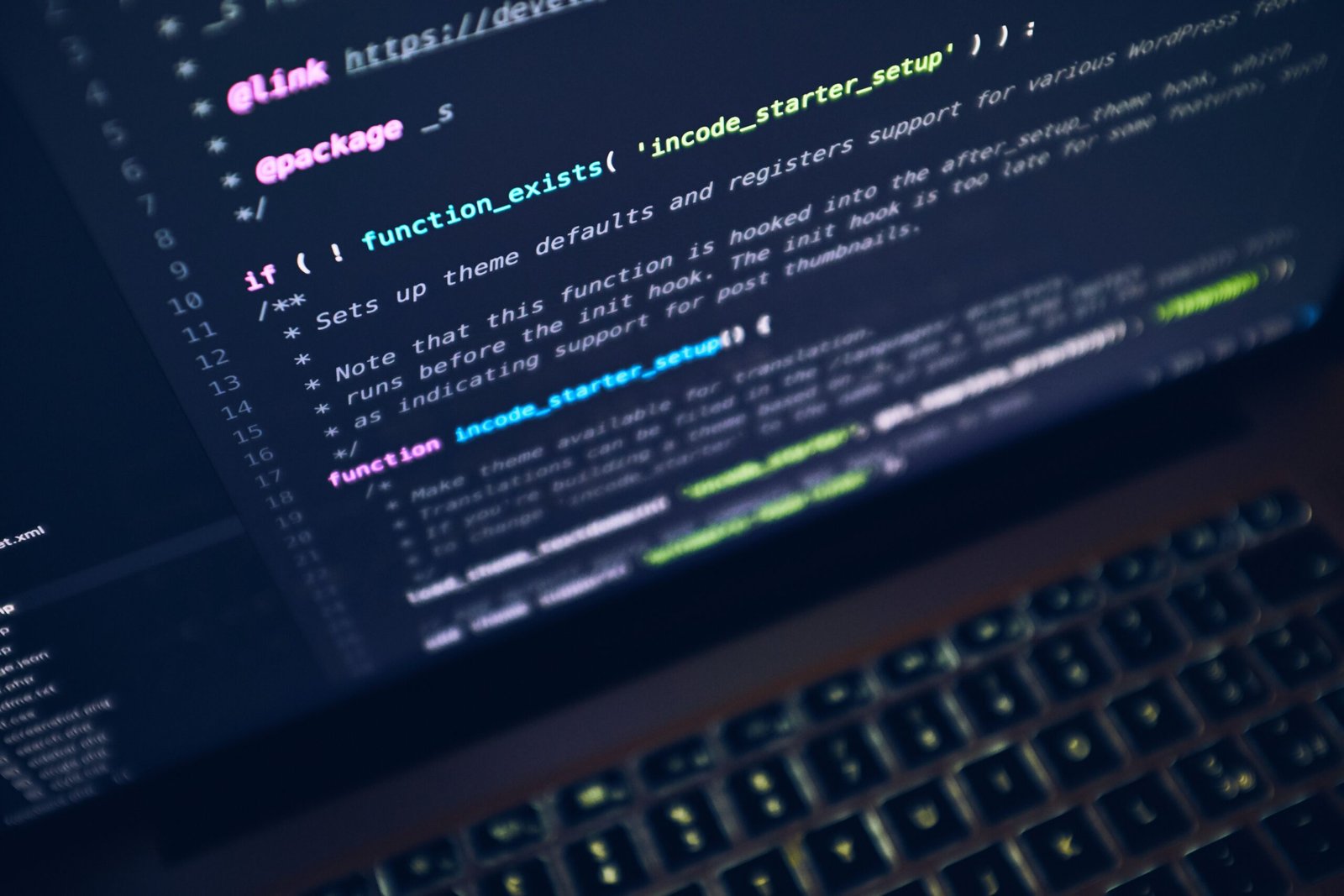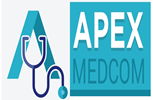
What is Medical Coding?
Medical coding is a vital component of the healthcare industry, playing a crucial role in the management of patient records and the billing process. It is the process of translating medical diagnoses, procedures, and services into universal alphanumeric codes. These codes are used for various purposes, including reimbursement, research, and statistical analysis.
Medical coding ensures that healthcare providers can accurately document and communicate information about patients’ diagnoses and treatments. It helps in the smooth flow of information between healthcare professionals, insurance companies, and government agencies.
The Importance of Medical Coding
Accurate and efficient medical coding is essential for several reasons:
1. Reimbursement:
Medical coding is crucial for healthcare providers to receive proper reimbursement for the services they provide. Insurance companies and government programs, such as Medicare and Medicaid, use these codes to determine the amount of reimbursement that healthcare providers are eligible for.
2. Patient Care:
Medical coding plays a significant role in patient care by ensuring that accurate information is recorded and transmitted. It helps healthcare professionals access patient records quickly, enabling them to make informed decisions about diagnosis, treatment, and medication.
3. Research and Analysis:
Medical coding allows for the collection and analysis of healthcare data on a large scale. Researchers and policymakers use coded data to identify trends, evaluate the effectiveness of treatments, and develop strategies to improve patient outcomes.
The Medical Coding Process
The medical coding process involves several steps:
1. Documentation:
Healthcare providers document patient encounters, including diagnoses, procedures, and services rendered, in medical records. These records can be in the form of electronic health records (EHRs) or paper-based charts.
2. Code Assignment:
Medical coders review the medical records and assign appropriate codes to each diagnosis, procedure, and service. They use standardized code sets, such as the International Classification of Diseases (ICD) and the Current Procedural Terminology (CPT), to ensure consistency and accuracy.
3. Review and Quality Assurance:
After code assignment, the coded data undergoes a review process to ensure accuracy and compliance with coding guidelines and regulations. This step is crucial to prevent errors and potential financial repercussions.
4. Submission and Reimbursement:
The coded data is then submitted to insurance companies or government programs for reimbursement. The accuracy of the codes directly influences the amount of reimbursement healthcare providers receive.
Career Opportunities in Medical Coding
Medical coding offers a promising career path for individuals interested in healthcare and technology. The demand for skilled medical coders is continuously growing, driven by factors such as an aging population, increased healthcare utilization, and evolving healthcare regulations.
Professionals in this field can work in various healthcare settings, including hospitals, clinics, physician offices, insurance companies, and government agencies. They play a vital role in ensuring accurate and efficient healthcare operations and financial management.
Conclusion
Medical coding is a critical process that ensures accurate documentation, efficient reimbursement, and effective healthcare management. It serves as a bridge between healthcare providers, insurance companies, and government agencies, facilitating the smooth flow of information. As the healthcare industry continues to evolve, the demand for skilled medical coders will remain high, making it a promising career choice for individuals interested in healthcare and technology.
